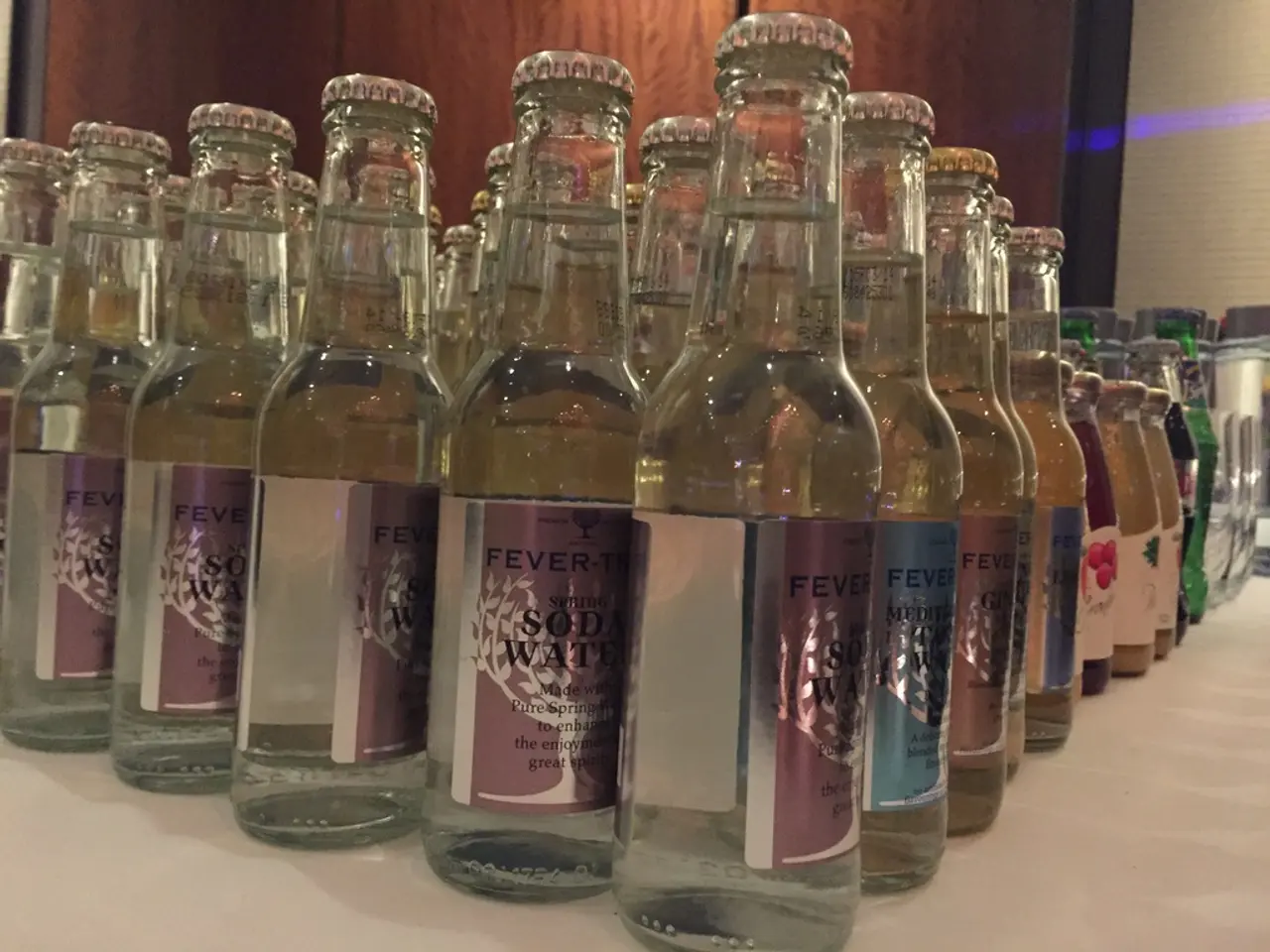Bottle Capacity Breakdown: Understanding the Milliliters in a 2-Liter Container
In the world of measurements, understanding the conversion between liters and milliliters is essential, especially when dealing with liquids. The metric system, which is the standard system of measurement in most countries, provides a straightforward way to convert these units.
One liter equals 1000 milliliters. This relationship exists because the metric system is based on powers of ten, and the prefix milli- means one-thousandth. Therefore, 1 milliliter (mL) is one-thousandth of a liter (L), making 1000 mL equal to 1 L.
The conversion from liters to milliliters is usually done by multiplying the number of liters by 1000. Conversely, to convert milliliters to liters, you divide the number of milliliters by 1000.
Here's a simple formula for conversion:
[ \text{milliliters (mL)} = \text{liters (L)} \times 1000 ]
For example, converting 5 liters to milliliters:
[ 5 \, L \times 1000 = 5000 \, mL ]
So, 5 liters = 5000 milliliters.
This straightforward conversion facilitates dealing with volumes in different scales, especially for liquids, where liters are used for larger quantities and milliliters for smaller ones.
In everyday life, this conversion has practical applications in cooking, baking, medication dosage, product labeling, and scientific experiments. For instance, the pharmaceutical industry relies heavily on precise measurements, including converting liters to milliliters, for accurate drug dosages and consistent product quality.
However, it's important to avoid common misconceptions when working with volume conversions. For example, it's easy to confuse milliliters with ounces, or to assume that all bottles labeled similarly contain the exact same volume. It's also crucial to consider the desired level of accuracy, the types of liquids being measured, and to use tools with clear markings and appropriate graduations for reliable and precise measurements.
In scientific or industrial applications where high precision is required, the density of liquids can vary slightly with temperature, which can become important. Similarly, in chemical manufacturing and research, accurate measurements are essential for safety and the success of experiments.
As global trade and collaboration continue to grow, the importance of the metric system is likely to increase further due to its simplicity and consistency. Industries such as the automotive, food and beverage, and chemical manufacturing all rely on the metric system for accurate measurements and consistent product quality.
In conclusion, understanding liters and milliliters, and the conversion between them, is a valuable skill that can help in various aspects of life. Whether you're baking a cake, mixing chemicals, or dosing medication, being able to convert volumes accurately can lead to better results and improved safety.
- In the realm of science, health-and-wellness, and healthy-cooking, knowing the conversion between liters and milliliters is crucial for accurate measurements, particularly in nutrition and food-and-drink.
- The learning of this conversion catalyzes personal-growth and career-development in fields such as education-and-self-development, food industry, pharmaceuticals, and chemical manufacturing.
- Conversion from liters to milliliters can help in dealing with smaller quantities in cooking and baking, ensuring consistent product quality and precise measurements.
- In the pharmaceutical industry, understanding the conversion of liters to milliliters is essential for accurate drug dosages and maintaining product consistency.
- Acknowledging common misconceptions and being attentive to the desired level of accuracy, the types of liquids being measured, and using tools with clear markings and appropriate graduations are vital for reliable and precise measurements.
- As global collaboration and trade expand, the metric system, with its simplicity and consistency, becomes increasingly important, particularly in industries like automotive, food and beverage, and chemical manufacturing.




